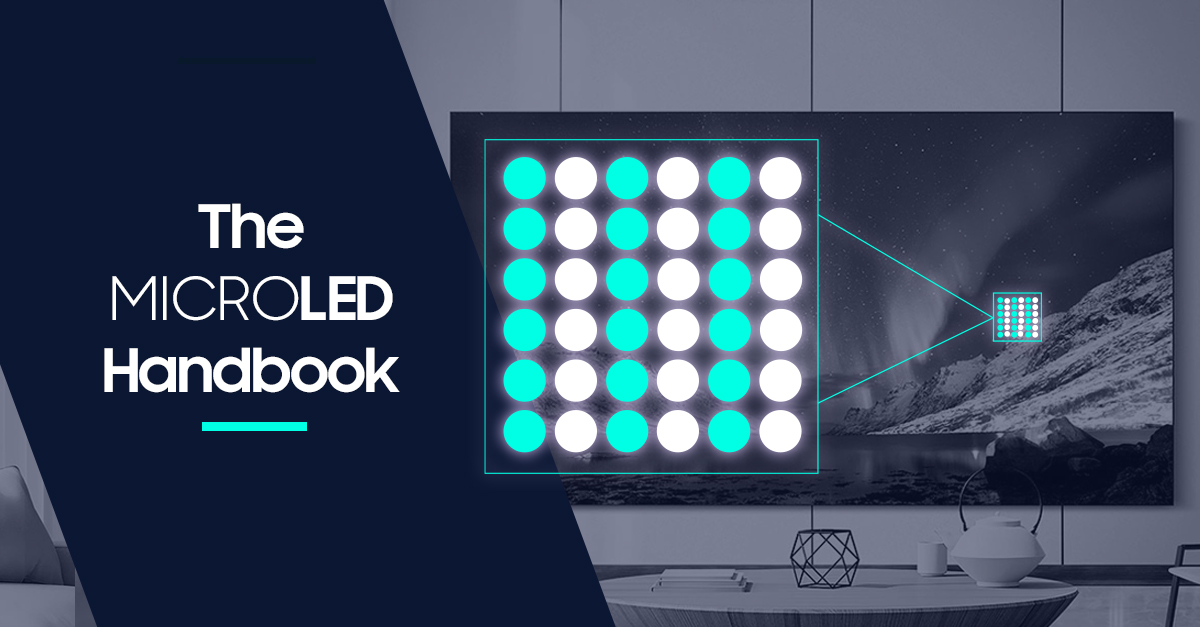Almost correct.
MicroLED is a purely emissive technology just like OLED (QD-OLED being a variant of OLED obviously) based panels. So there are two technologies that "forms an image using light emitting diodes".
Check out this MircoLED Handbook that covers all you need to know about the technology!

www.psco.co.uk
Also, I've never personally had much of a problem with my OLED (or the Plasma previously for that matter) in daylight conditions. Except when the sun is literally shining through the window to my seating position (which it does frequently in winter as the sun is low and the window south facing). Of course a lot depends on your tolerance and expectation for how bright you need your TV to be. Ironically, I often find LED TVs not very watchable in brighter conditions as their contrast is so poor and so even though the pcture is bright it's washed out*. I'd rather watch a dimmer but more "punchy" picture personally.
*To be fair I don't really have experience of the top end of the LED market, so my comment pertains to the cheaper end LED TVs.
)
)

www.psco.co.uk
